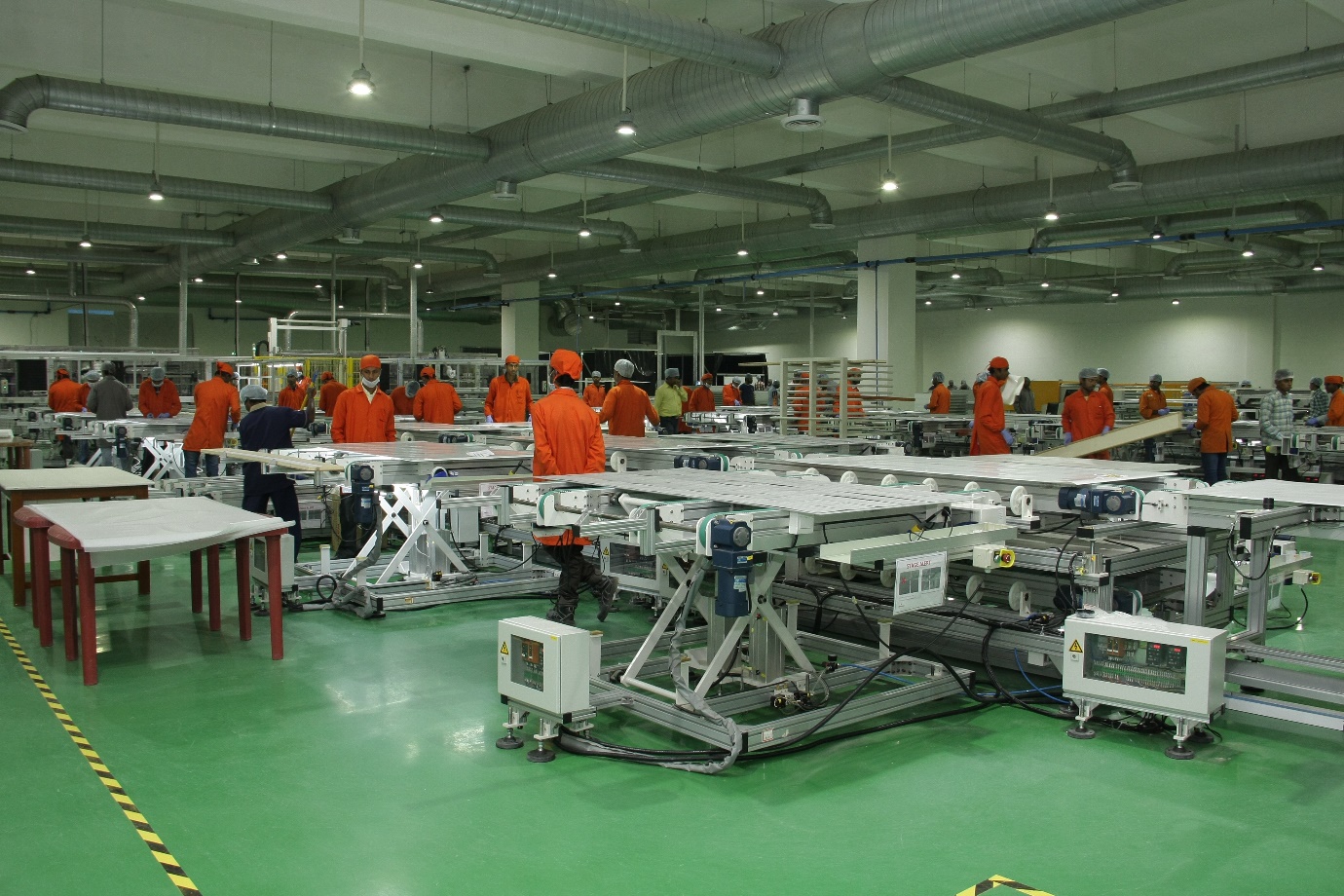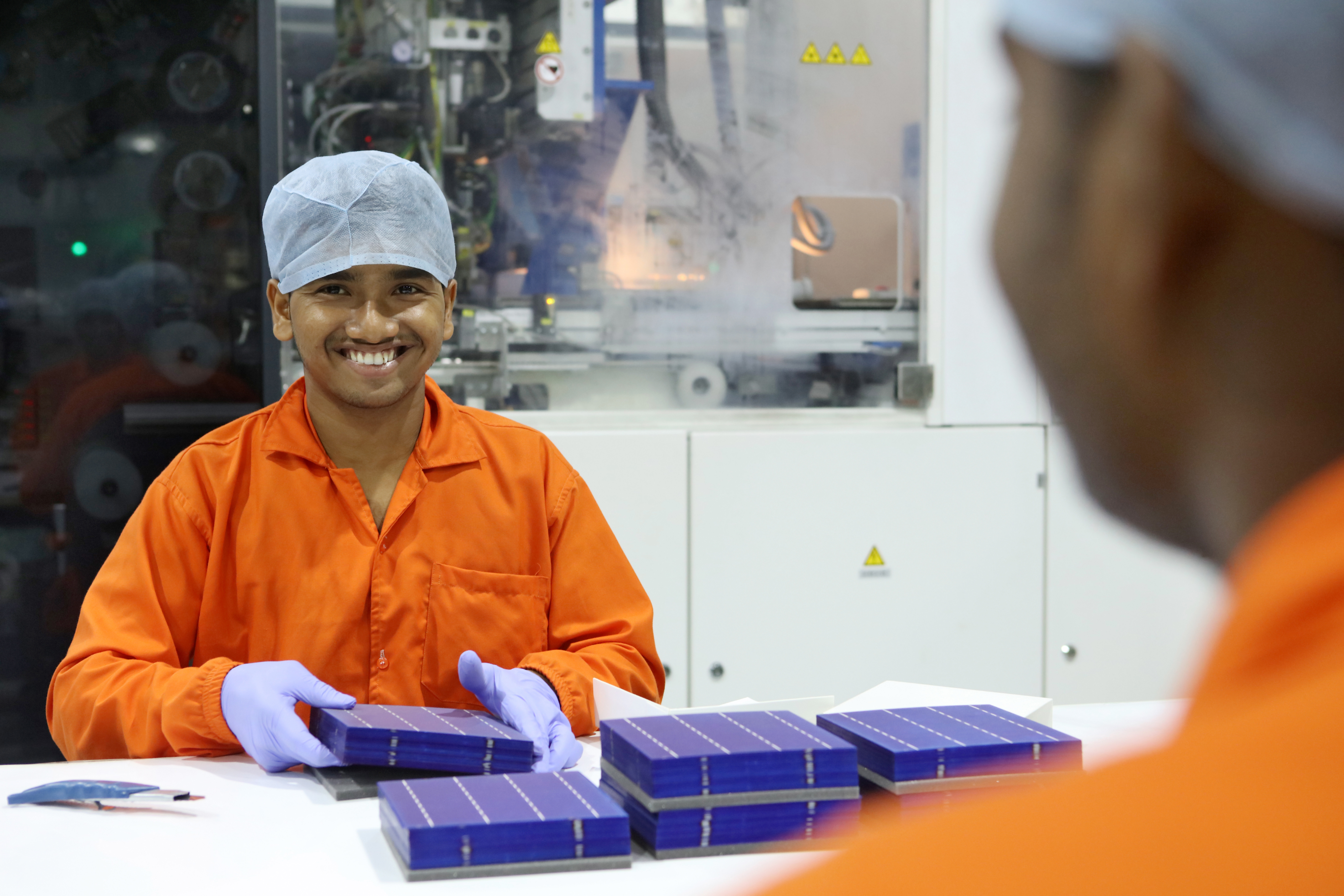The growth of our society is dependent on energy. And, since we have built our world using limited fossil fuel reserves, continuously shrinking reserves have created scarcity for energy, and given rise to energy cost. Currently, more than 1 billion people live without electricity and continuous fossil fuel generation has led to environmental degradation. World’s decision to opt for sustainable energy in such a scenario can be considered as a decisive step, right before we would have crossed the point of no return.
Opting for green energy transition can offer release from economic and environmental binds of fossil fuel. However, to unleash green energy transitions’ full potential, which promises to build a better economy and industrial structure for a country, countries need to focus on manufacturing. Let us see why it is important.
Solar: An Opportunity

Solar energy transition is definitely an opportunity. Why you might ask? Well, because energy generation and usage of a country impacts upon its economy. When depending on depleting fossil fuel reserve, will only add to a country’s expenses, focusing on sustainable energy growth will save money and satisfy energy demand, facilitating a better-formed and progressive economy. Therefore, it is apparent that green energy transition can save billions on fossil fuel imports, creating jobs, foster industrial growth, bring technological growth, and help a country grow by claiming the export market.
And since worldwide green energy (especially solar) acceptance is expected to lead to nearly 400% renewable energy growth within 2040, it is smart to vote for green energy adoption. In the same breath, we need to highlight that solar PV project auctions in emerging markets rose by 4.5 times within 2013-17, which clearly paints a clear picture in favour of solarisation.

However, as we have said before, taking advantage of this opportunity depends only upon building solar manufacturing scale. Let us try to understand the need of manufacturing by taking an example. China, which has become ‘The’ dominant solar supplier of the world, has claimed this mantle by supporting its solar manufacturing. By ramping up its manufacturing capacity, China was able to claim foreign markets by undercutting their market prices. By growing its solar manufacturing capacity, China was able to support its own solarisation, ring in revenues from foreign export and create jobs, furthering industrial growth.
Solar Manufacturing Needs To Be Supported
Developing countries are taking great initiatives to support solar manufacturing. For example, India has done a commendable job in supporting solar growth by offering policies and financial aid. Domestic manufacturing initiatives like India’s ‘Make in India’ could have supported the country by bringing investment, encouraging entrepreneurs, building industrial setups, creating jobs and claiming the export market for lucrative sectors, like Solar (just like China did). However, India’s continuous focus in importing solar, rather than manufacturing, lack of favourable policy development, lack of investment in manufacturing, and recent issue of 25% safeguard duty imposition on SEZ based solar manufacturers have resulted into something other than success for India. As the country have fallen prey to importing solar modules (In FY 17-18 the expenditure stood at $3.8 billion), continuous importing has robbed our country of the chance to build manufacturing capacity and facilitate overall growth.

As a result, currently ~80% domestic solar market share belongs to foreign suppliers. This has reduced India’s solar export, limited job creation, and industrial development, in overall sense progress. Developed countries like the US have tried to get out of this bind by imposing anti-dumping duties on China, Malaysia and other countries. However, India’s safeguard duty which was supposed to protect domestic industry have imposed up to 25% duties on SEZ based Indian solar manufacturers, making their products expensive and non-competitive to foreign cheap imports.
Considering that nearly 40% of India’s Solar panel Manufacturing Units and 60% of Solar Cells Manufacturing Units are located in SEZs, imposing duties on them means to deal a damaging blow to all of Indian solar manufacturing industry.
Solar stands as a great opportunity for developing countries to phase out fossil fuel and its growing expenses while transforming the country with industrial, social, and economic growth. However, Indian and other developing countries need to focus on manufacturing to reap that advantage.
Way Forward

Currently, India and other developing countries have the advantage of using initiatives like International Solar Alliance (ISA) utilize technology exchange, financial support, strategic support that can help is solar (renewable energy adoption). However, developing countries must invest and focus in domestic manufacturing rather than importing. Becoming energy self-reliant, creating jobs, trade relations, and economic stability is the complete package that long-term strategies depending on solar can offer. But, the time is now to solve internal issues and invest in solar manufacturing to see the results.
